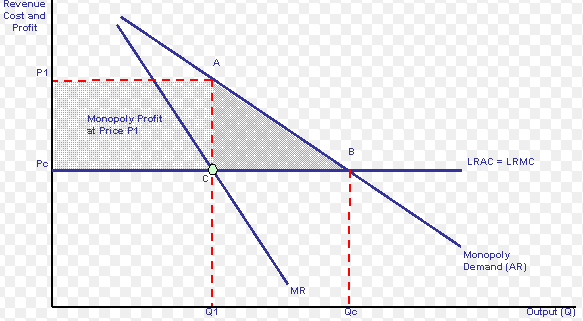Macro
Economics – its limitation
In macro economics, we study the
economics as a whole. We raise big issues which have collectively important for our economics. In it, we study the aggregates or average function witch
have a close relationship with economics. For example like total employment,
national income, total production, total saving and total demand or supply etc.
In macro economics, we study these
topics as a whole and their ups &
down, also inter-relationship
with each other. In other words, we call the macro economics – theory of income
and employment or income analysis. Macro economics have close relation with unemployment, inflation & deflation,
international trade and development.
 |
| Macro Economics - It's Limitation |
Limitation
of Macro Economics -
ü
Fallacy structure – in macro economics, we study the
aggregate variables or as a total but some time their structure becomes
fallacy. For example of one person increase saving, it is good habit but if
whole economics doing the same, it is not good for economics.
ü
Importance of total or aggregate
variables – it is
possible that some time total or aggregate variables are not important. For
example if national income increases it is not possible that income increases
at individual level also. It is possible that some individual face a decrease
in their income or there is an increase in income of rich person.
ü
Assume total variables as
homogeneous – macro
economics assume that total variables as a homogeneous. Macro economics not go
through or understand their structure. For example macro economics assume that
all the variables as same like income of Clark, teacher or doctor etc.
ü
Statistical difficulties – macro economics always study
total variables but many time it is not possible to accumulate such variables
data at micro-level.


















